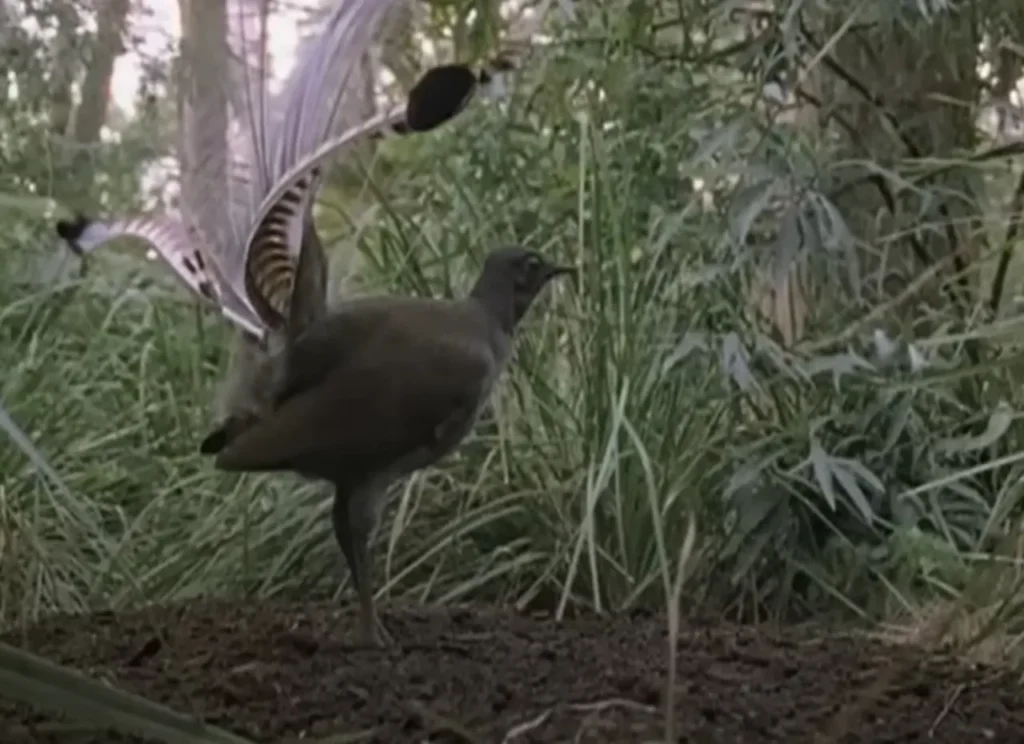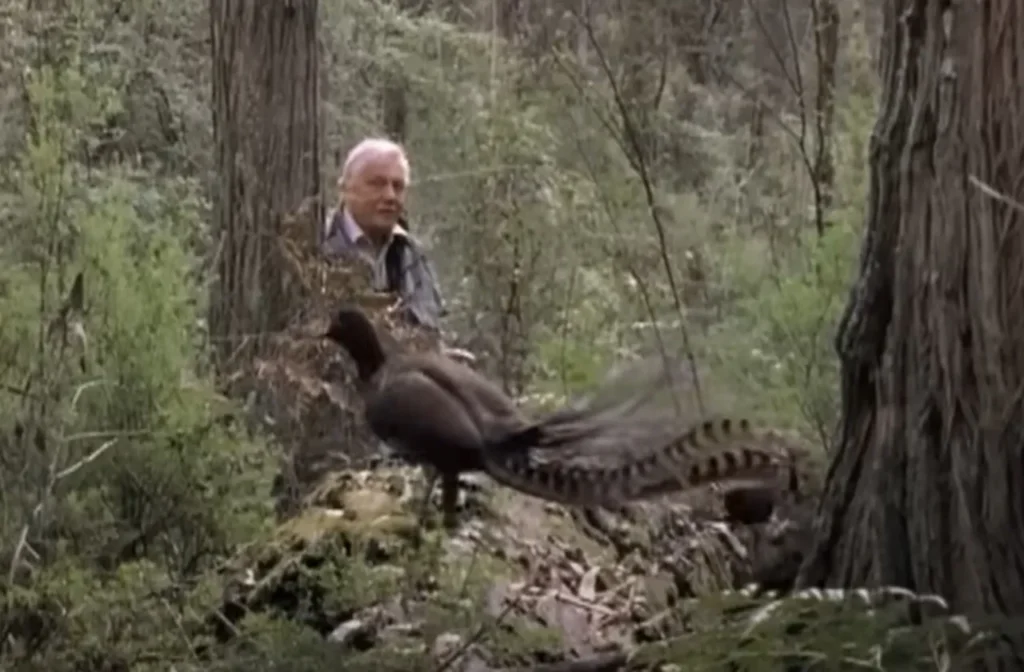Today’s Amazing Story comes from Australia about an astonishing creature named Lyrebirds, these ground-dwelling marvels exclusive to this mervelliant continent, are nature’s virtuosos, enchanting us with their stunning tail plumes and exceptional vocal abilities. Their name is a nod to their beautiful, lyre-shaped tail, mostly flaunted during courtship displays. But what truly sets them apart is their vocal prowess, attributed to their highly complex syrinx, the bird’s vocal organ.

Lyrebirds possess the most intricate syrinx among birds, endowing them with an incredible talent for mimicry. They can flawlessly imitate the calls of other birds, creating a symphony of diverse avian sounds in the Australian forests. But their skills don’t stop there.
What’s truly astonishing is their ability to replicate sounds from their environment. From the mechanical buzz of a chainsaw to the jarring noise of a car alarm, lyrebirds can mimic them all with startling accuracy. The sounds of crying babies, ringing phones, and even the click of a camera shutter are within their repertoire. This extraordinary capacity for mimicry is not just a display of vocal dexterity but also a reflection of their adaptive intelligence.

While their mimicry is fascinating, it’s important to understand the role these birds play in their ecosystem. They are an integral part of the Australian bush, contributing to the biodiversity and balance of their habitat.
However, like many wildlife species, lyrebirds face threats from habitat loss and climate change. Conservation efforts are vital to ensure that these astonishing creatures continue to thrive in their natural habitats, preserving their unique place in the world’s symphony of wildlife.
Lyrebirds, with their captivating tail feathers and unmatched mimicry skills, remind us of nature’s wonders. Their ability to replicate an array of sounds is more than an auditory delight; it’s a call to appreciate and protect the diverse and intricate tapestry of life on our planet.
You can find more about this amazing bird in this Documentary by Animalogic